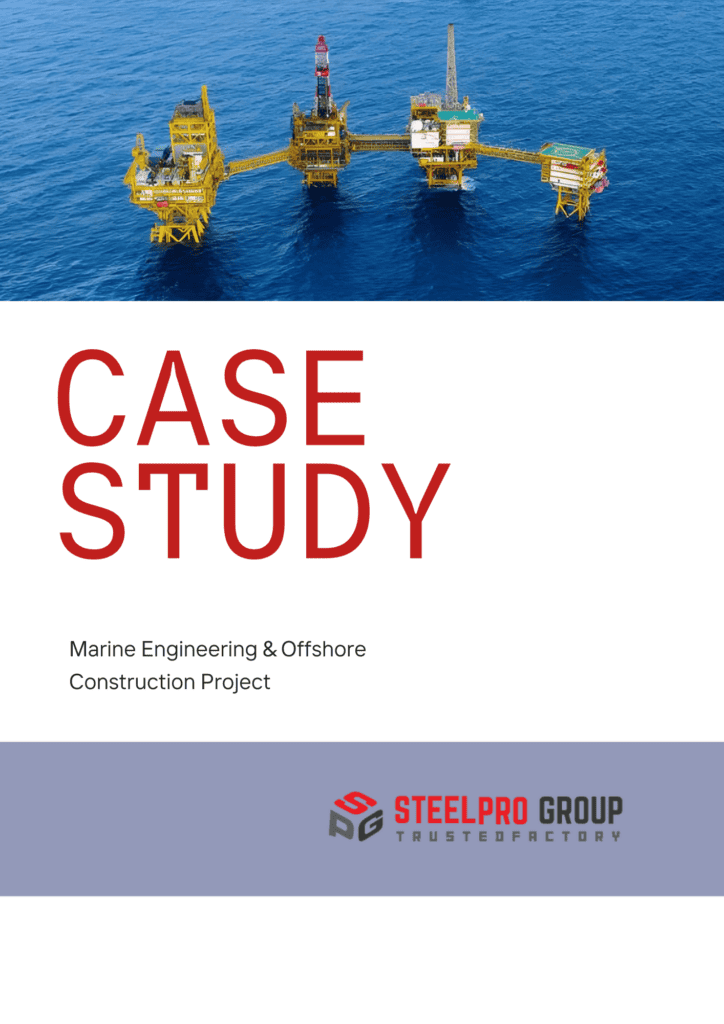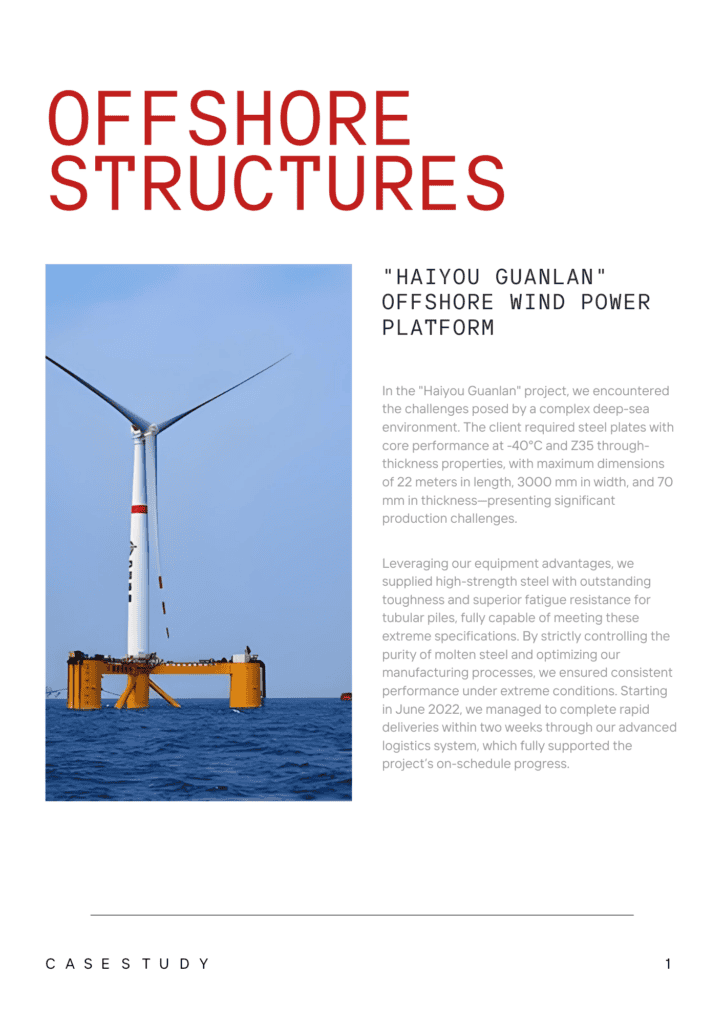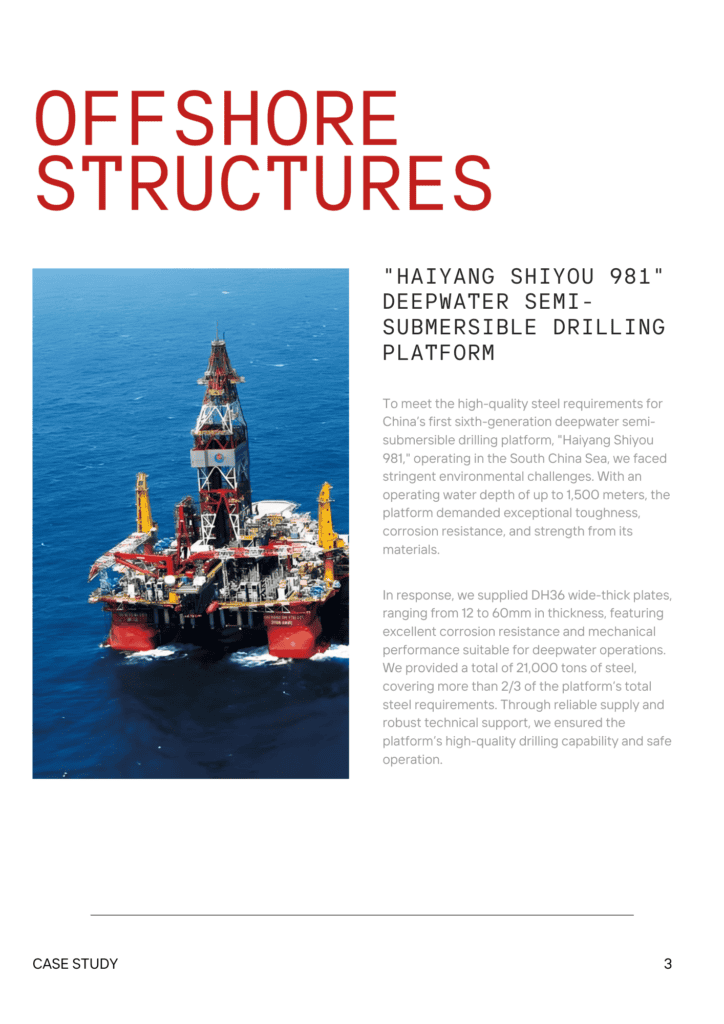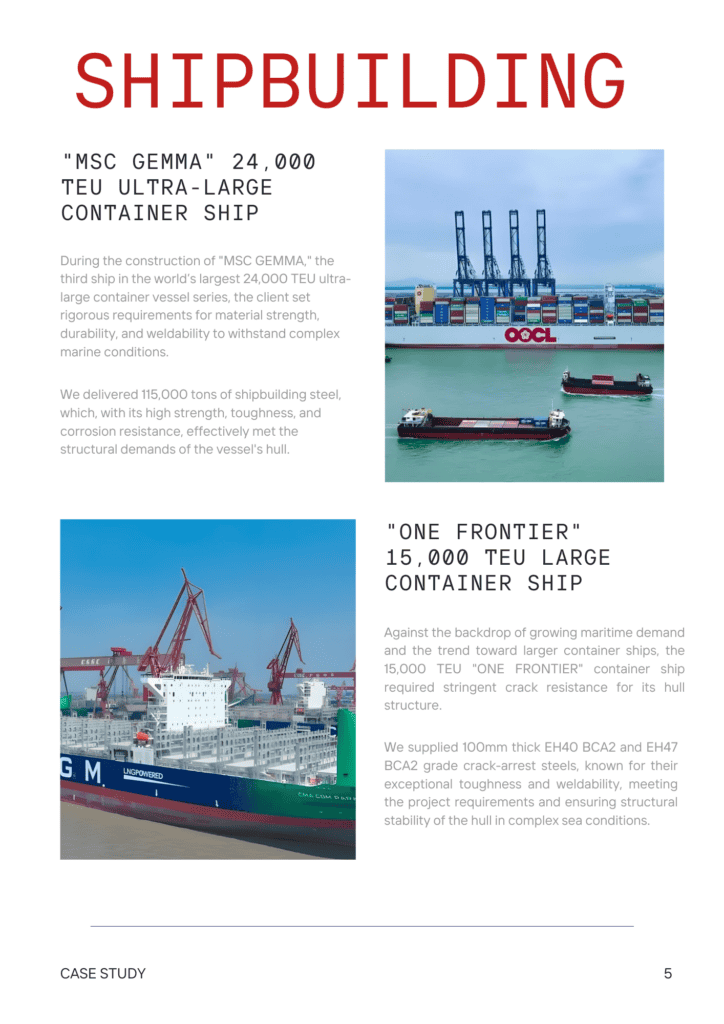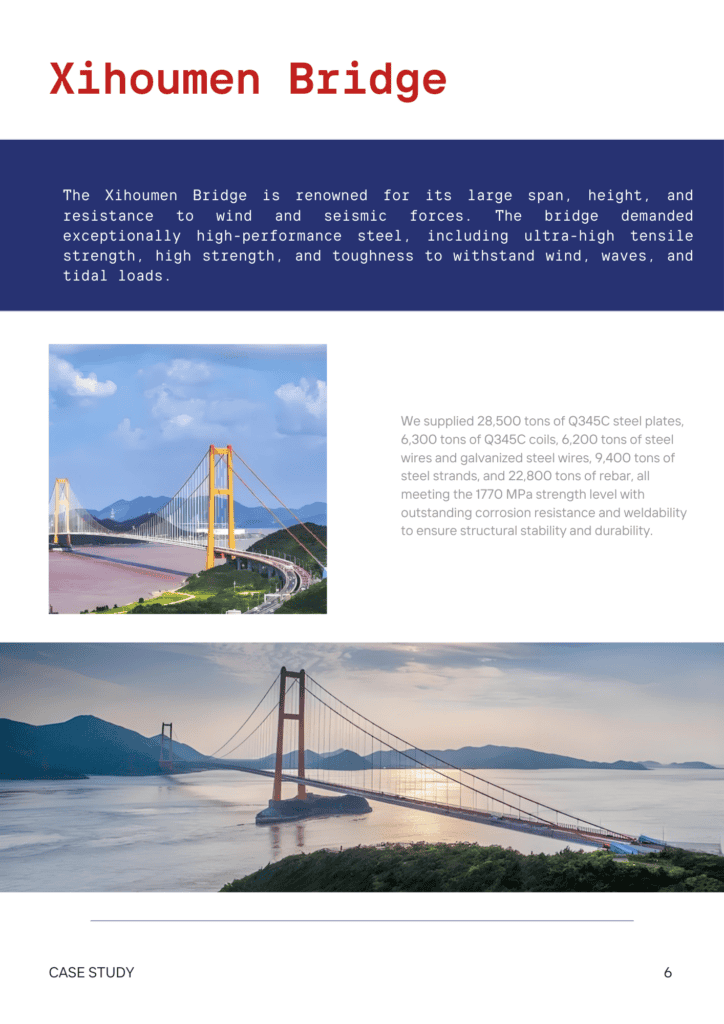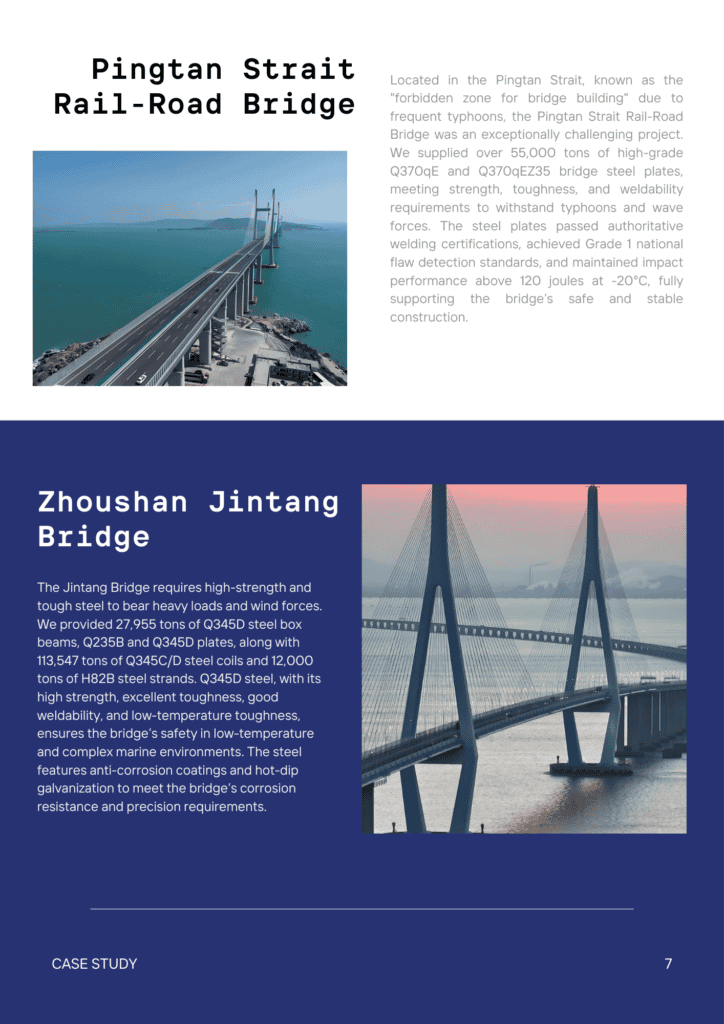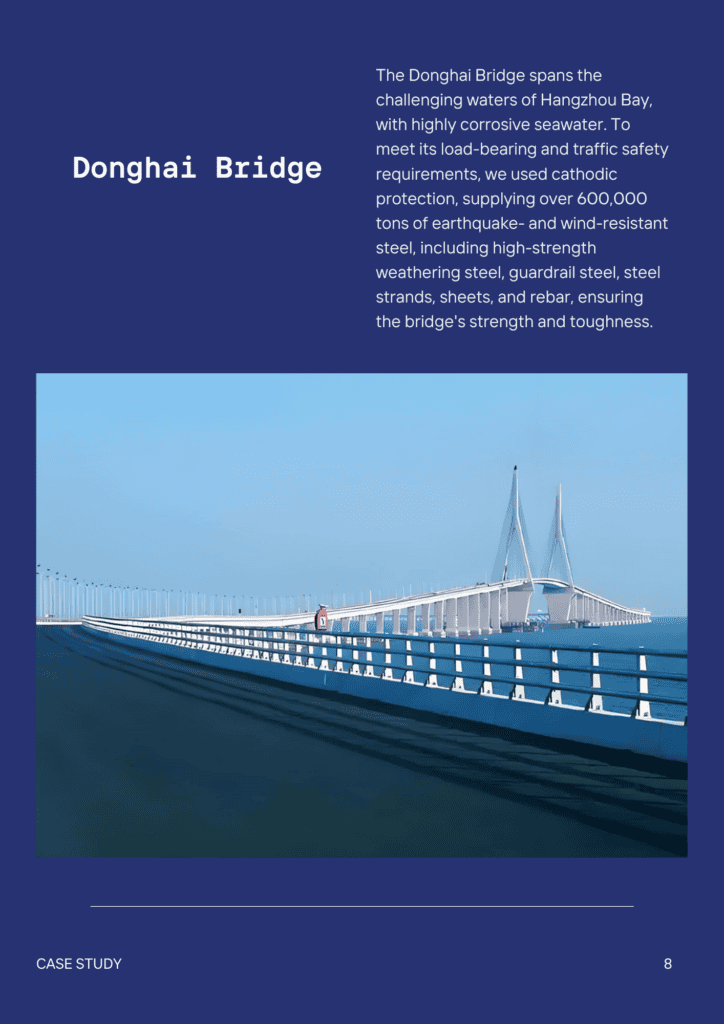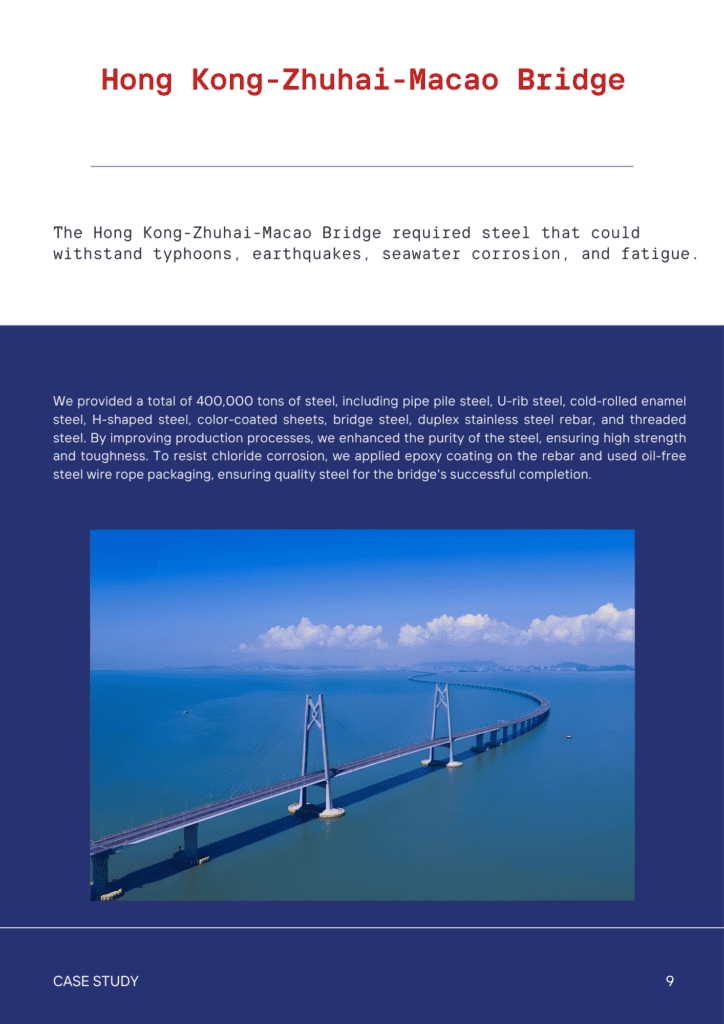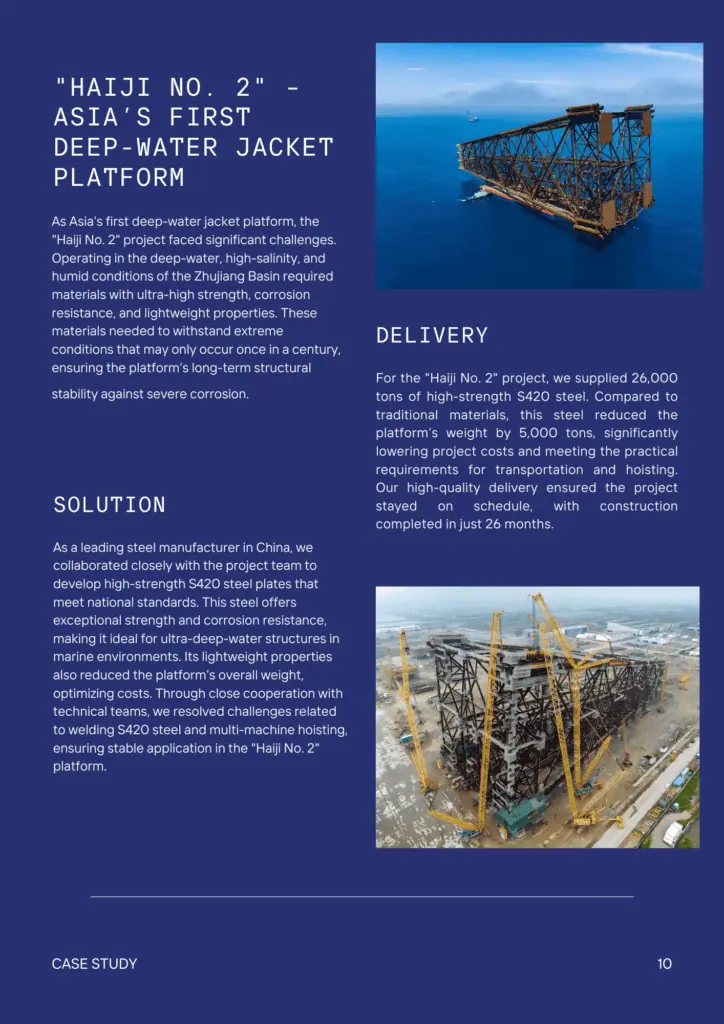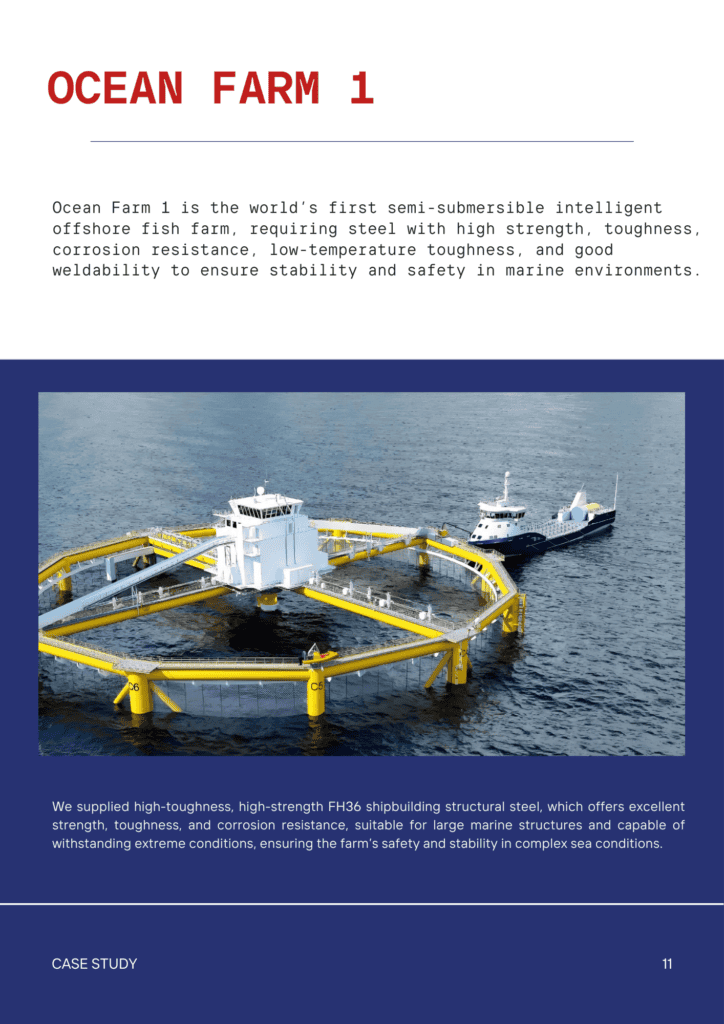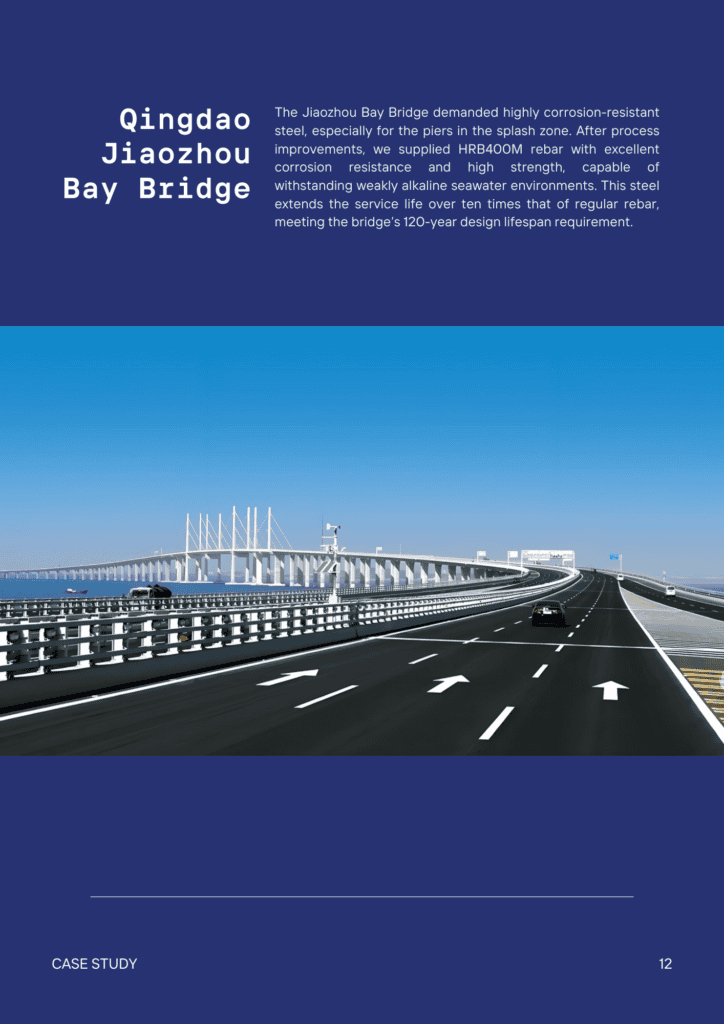Contents
321 Stainless Steel: Definition, Composition, Properties, Processing, Applications, and More
- John

SteelPRO Group inventory now has SS 321 (UNS S32100) products in stock: plates, sheets, coils, strips, pipes, tubing, bars, rods, wires, etc. Also, a range of surface finishes for you to choose from: No. 1, 2B, 2D, BA, No. 3, No. 4, HL, No. 8, Bead Blasted, etc.
We guarantee 100% quality. No defective products will be shipped to our customers. Contact us to customize the desired form of your products, including shape, condition, surface finish, treatment, etc.
Overview of 321 Stainless Steel
321 (UNS S32100) stainless steel is a 300 series titanium-stabilized austenitic stainless steel, primarily composed of 17 – 19 % chromium, 9 – 12 % nickel, and ≤0.7% titanium (at least 5x the carbon content), with corrosion resistance similar to grade 304. It meets standards like ASTM A240 and EN 10088-2 standards and is equivalent to 1.4541 (EN) and SUS 321 (JIS).
Grade 321 offers excellent resistance to oxidation and scaling at high temperatures and maintains good weldability and formability without post-weld annealing. It is widely used in high-temperature applications, such as aircraft exhausts, furnace parts, and heat exchangers. For more extreme temperature performance, 321H is recommended.
Typical Applications of 321 Stainless Steel
| Industry | Application |
| Aerospace | Exhaust systems, combustion chambers, engine parts, heat shields |
| Chemical Processing | Heat exchangers, pressure vessels, piping systems, reactor parts |
| Power Generation | Boiler tubes, superheater tubes, heat exchangers, gas turbines |
| Petrochemical | Refinery piping, catalytic crackers, furnace components, reactor tubes |
| Automotive | Exhaust manifolds, mufflers, catalytic converters, turbocharger components |
| Heat Treatment Equipment | Furnace components, annealing covers, thermocouple sheaths, retorts |
| Oil & Gas | Downhole tubing, flare stacks, piping systems, heat exchangers |
| Food Processing | Heat exchangers, piping systems, sterilizers, evaporators |
Advantages and Disadvantages of 321 Stainless Steel
Here are the advantages and benefits of 321 stainless steel (ranked by importance):
- Excellent resistance to corrosion, particularly in high-temperature environments.
- Great stability against intergranular corrosion due to titanium stabilization.
- Good oxidation resistance up to 870°C.
- High strength and durability even in high-temperature conditions.
- Easily welded and formed, making it suitable for various applications.
Here are the disadvantages and limitations of 321 stainless steel (ranked by importance):
- More expensive than 304 stainless steel, limiting its cost-effectiveness in some projects.
- Not as strong as 316 stainless steel in highly corrosive environments.
- Limited availability compared to more common grades like 304 and 316.
- Can be harder to machine than other stainless steels.
- Requires careful handling in cryogenic environments due to reduced toughness.
Equivalent Grades of 321 Stainless Steel
| Country/Region | Standard/Specification | Equivalent Grade |
| China | GB/T 20878, GB 4234 | 0Cr18Ni10Ti, 1Cr18Ni11Ti, H0Cr20Ni10Ti |
| USA | ASTM A240, ASME SA240 | 321 |
| EU | EN 10088-2 | X6CrNiTi18-10 (1.4541) |
| Germany | DIN 17440, DIN EN 10088-2 | X10CrNiTi18-9, X6CrNiTi18-10 |
| Russia | GOST 5632 | 08KH18N10T, 08KH18N12T, 12KH18N10T |
| Japan | JIS G4304, JIS G4303 | SUS321 |
| England | BS 1449, BS EN 10088-2 | 321S31 |
Heat & Corrosion Resistance of 321 Stainless Steel
Heat Resistance
321 stainless steel offers good oxidation resistance in intermittent use up to 900°C and in continuous use to 925°C. It also excels in thermal cycling, making it suitable for repeated heating and cooling. Proper heat treatment can further enhance its heat and oxidation resistance. 321H provides greater strength at high temperatures, which makes it particularly suitable for high-temperature structural applications.
Corrosion Resistance
321 stainless steel offers good corrosion resistance, similar to grade 304 in the annealed condition. It performs better in high-temperature applications, especially between 425°C and 900°C, where other grades may fail without post-weld annealing.
However, it is vulnerable to pitting and crevice corrosion in environments with warm chlorides. Additionally, it can suffer from stress corrosion cracking at temperatures above 60°C. 321 performs well in potable water with up to 200 mg/L chlorides at room temperature, but its resistance drops slightly to 150 mg/L chlorides at 60°C.
Processing of 321 Stainless Steel
Forming
321 stainless steel offers good formability and can be readily formed using standard methods like bending, drawing, and pressing. It is less prone to work hardening compared to other austenitic grades, but moderate work hardening can still occur during cold forming. Intermediate annealing may be required for more complex shapes or extensive deformation. Post-forming annealing is recommended to relieve stress and restore full corrosion resistance, especially after severe cold working.
Welding
321 stainless steel can be welded easily using any standard fusion welding method, whether filler metals are used or not. Welding 321 stainless steel requires attention to its titanium stabilization to prevent carbide precipitation. Use 347 filler materials for better corrosion resistance. Preheating is generally unnecessary, but slow cooling can minimize stress. Post-weld heat treatment is not usually needed unless specific stress relief is required. The material resists cracking during welding, making it suitable for high-temperature applications.
Machining
321 stainless steel offers moderate machinability compared to other austenitic stainless steel. It is slightly harder to machine than 304 due to its titanium content, which enhances high-temperature performance but reduces machinability. Cutting speeds should be reduced by around 20% compared to 304 to prevent excessive tool wear. Proper lubrication and cooling are essential to manage heat and minimize work hardening, which can occur during cutting. Carbide tools are recommended to improve tool life, and slower feed rates can enhance surface finish while maintaining precision.
Heat Treatment
321 stainless steel cannot be hardened by heat treatment. The heat treatment processes involve the following steps:
- Solution Treatment (Solution Annealing):
- Temperature: 950-1120°C
- Process: Rapid cooling (water or air)
- Purpose: Maximizes corrosion resistance.
- Stabilizing Treatment:
- Temperature: 870-900°C
- Process: Air cool 1 hour per 25mm of thickness
- Purpose: Recommended for severe service conditions (above 425°C) or when annealed at the upper-temperature range to improve stability.
- Stress Relief:
- Temperature: 700°C
- Process: Air cool 1 to 2 hours
- Purpose: Relieves internal stresses without significantly affecting corrosion resistance.
Chemical Composition of 321 Stainless Steel
Check the table below for the chemical composition of 321 stainless steel:
| Element | Carbon, C | Chromium, Cr | Iron, Fe | Manganese, Mn | Nickel, Ni | Nitrogen, N | Phosphorus, P | Silicon, Si | Sulfur, S | Titanium, Ti |
| wt% | ≤ 0.080 | 17 – 19 | Balance | ≤ 2.0 | 9 – 12 | ≤ 0.10 | ≤ 0.045 | ≤ 0.75 | ≤ 0.030 | ≤ 0.70 |
Properties of 321 Stainless Steel
Here are three major reasons that make 321 stainless steel unique:
- High-temperature resistance due to the presence of titanium.
- Excellent corrosion resistance, especially against intergranular corrosion.
- Good weldability and formability, making it versatile for various industrial applications.
Physical Properties
Check the table below for the core physical properties of 321 stainless steel:
| Property | Typical Value (Metric/Imperial) | Performance |
| Density | 9.01 g/cc (0.326 lb/in³) | Heavy material, providing strength and durability |
| Melting Point | 1371 – 1399°C (2500 – 2550°F) | Can withstand very high temperatures without melting |
| CTE, Linear (0 – 100°C) | 16.6 µm/m-°C (9.22 µin/in-°F) | Expands moderately when heated, good for regular temperature changes |
| CTE, Linear (≤ 871°C) | 20.2 µm/m-°C (11.2 µin/in-°F) | Expands more at higher temperatures, still manageable |
| Specific Heat Capacity | 0.500 J/g-°C (0.120 BTU/lb-°F) | Absorbs heat well, ideal for thermal applications |
| Thermal Conductivity (100°C) | 16.0 W/m-K (111 BTU-in/hr-ft²-°F) | Transfers heat moderately, suitable for low-heat environments |
| Thermal Conductivity (500°C) | 22.0 W/m-K (153 BTU-in/hr-ft²-°F) | Transfers heat more efficiently at higher temperatures |
| Electrical Resistivity | 0.0000720 ohm-cm | Resists electrical flow, not good for conducting electricity |
| Magnetic Permeability | ≤ 1.02 | Virtually non-magnetic, won’t be attracted to magnets |
*CTE, Linear refers to the Coefficient of Thermal Expansion, Linear.
Mechanical Properties
Check the table below for the core mechanical properties of 321 stainless steel:
| Property | Value (Metric/Imperial) | Performance |
| Tensile Strength | 621 MPa (90.1 ksi) | Moderate; slightly higher than common austenitic grades like 304 (515 MPa), suitable for higher-strength applications. |
| Yield Strength | 276 MPa (40.0 ksi) | Lower than duplex stainless steels (e.g., 2205, 450 MPa), but still suitable for moderate stress applications. |
| Rockwell Hardness | 80 HRB | Medium; higher than low-carbon steel, but softer than martensitic stainless steels like 440C (~60 HRC), making it easier to machine and form. |
| Elongation at Break | 45% (in 2 inches) | Very high; excellent ductility, ideal for forming and welding, far exceeding the elongation of harder steel grades. |
| Young’s Modulus | 193 GPa (28.0 msi) | Standard stiffness; similar to other austenitic stainless steels, offering good resistance to deformation. |
Chemical Properties
Check the table below for the core chemical properties of 321 stainless steel:
| Chemical Property | Description | Performance |
| Corrosion Resistance | Ability to resist corrosion in various environments. | Superior to 304, especially in oxidizing environments at high temperatures. |
| pH Sensitivity | Sensitivity to acidic or basic environments. | Stable between pH 4-9, less suitable for highly acidic environments like hydrochloric acid. |
| Reactivity | Tendency to engage in chemical reactions. | Less reactive than carbon steel, but more so than highly alloyed stainless like 316. |
| Oxidation Resistance | Resistance to oxidation in high-temperature environments. | Better than 304; withstands up to 870°C (1600°F), far better than carbon steel. |
| Passivation | Formation of a protective oxide layer to prevent corrosion. | Strong, comparable to 304, but enhanced by titanium stabilization. |
| Combustibility | The ability to catch fire when exposed to a heat source. | Non-combustible |
| Flammability | The ease with which the material can ignite. | Non-flammable |
Difference Between 321, 309, and 310 Stainless Steel
Check the table below for a quick comparison between 321, 309, and 310 stainless steel:
| Property | 321 | 309 | 310 |
| Type | Austenitic | Austenitic | Austenitic |
| Crystal Structure | FCC (Face-Centered Cubic) | FCC (Face-Centered Cubic) | FCC (Face-Centered Cubic) |
| Chemical Composition | C ≤ 0.08%, Cr 17-19%, Ni 9-12% | C ≤ 0.20%, Cr 23%, Ni 14% | C ≤ 0.25%, Cr 24-26%, Ni 19-22% |
| Corrosion Resistance | Good | Better | Best |
| Tensile Strength | 620 MPa (89.9 ksi) | 620 MPa (89.9 ksi) | 620 MPa (89.9 ksi) |
| Yield Strength | 240 MPa (34.8 ksi) | 310 MPa (45 ksi) | 310 MPa (45 ksi) |
| Hardness | 80 HRB | 85 HRB | 85 HRB |
| Weldability | Good | Good | Good |
| Cost | Moderate | Higher | Highest |
| Applications | Aircraft exhaust manifolds, chemical processing | Furnace parts, heat exchangers, kiln linings | Heat treatment equipment, oil refinery parts |
Difference Between 321, 304, and 316 Stainless Steel
Check the table below for a quick comparison between 321, 304, and 316 stainless steel:
| Property | 321 | 304 | 316 |
| Type | Austenitic | Austenitic | Austenitic |
| Crystal Structure | FCC (Face-Centered Cubic) | FCC (Face-Centered Cubic) | FCC (Face-Centered Cubic) |
| Chemical Composition | Cr: 17-19%, Ni: 9-12%, Ti: ≤ 0.70% | Cr: 18-20%, Ni: 8-10.5% | Cr: ≤18%, Mo: ≤3%, Ni: ≤14% |
| Corrosion Resistance | Good, especially at high temperatures | Good, but susceptible to chloride | Excellent in chloride and marine environments |
| Tensile Strength | 620 MPa (89.9 ksi) | 505 MPa (73.2 ksi) | 580 MPa (84.1 ksi) |
| Yield Strength | 240 MPa (34.8 ksi) | 215 MPa (31.2 ksi) | 290 MPa (42.1 ksi) |
| Hardness | 80 HRB | 70 HRB | 79 HRB |
| Weldability | Good | Excellent | Good |
| Cost | High | Low | Higher than 304 but lower than 321 |
| Applications | Aircraft exhaust manifolds, chemical processing | Food equipment, architecture | Marine environments, chemical and medical equipment |
What You Might Also Concern
Does 321 stainless steel rust?
Stainless steel 321 is highly resistant to rust, especially in high-temperature environments, but it can still corrode under extreme conditions, such as exposure to aggressive chemicals or saltwater.
Related Reading
Will Stainless Steel Rust and How Can You Solve It?
How to Clean and Polish Stainless Steel?
Is 321 stainless steel magnetic?
Stainless steel 321 is generally non-magnetic in its annealed condition, but it may become slightly magnetic after cold working.
Related Reading
Is 321 stainless steel food safe?
Yes, 321 stainless steel is food safe. It has excellent corrosion resistance and can be used in food processing equipment, especially in high-temperature environments.
Can you weld 304 stainless steel to 321 stainless steel?
Yes, you can weld ss 304 to ss 321. However, it’s recommended to use a filler material like 347 stainless steel to maintain stability at high temperatures.
What is the difference between 321 and 321H stainless steel?
The main difference between 321 and 321H stainless steel is the carbon content. 321H has a higher carbon content, which improves its strength at high temperatures compared to 321.
Summary & Furthermore
This article briefly explains the definition, composition, properties, processing, applications, and other important aspects of 321 stainless steel. To learn more about stainless steel or other steel types, check out our blog or contact our metal experts.
As a leading manufacturer and solutions provider of specialty steel, SteelPRO delivers multi-industry application solutions and customized services. We guarantee 100% product quality and are committed to growing together with our customers. Visit our website to learn more, or send us an inquiry. We will contact you shortly!
Contact Us
Any questions or demands please feel free to leave messages for us here. We will give our expert response as soon as possible.
- Stainless Steel Grades
- 300 Series Stainless Steel
- 303 Stainless Steel
- 304 Stainless Steel
- 305 Stainless Steel
- 308 Stainless Steel
- 316 Stainless Steel
- 316N Stainless Steel
- 409 Stainless Steel
- 410 Stainless Steel
- 416 Stainless Steel
- 420 Stainless Steel
- 430 Stainless Steel
- 410HT And 410L Stainless Steels
- 410S Stainless Steel
- 440 Stainless Steel
- 436 Stainless Steel
- 301 Stainless Steel
- 201 Stainless Steel
- 202 Stainless Steel
- 444 Stainless Steel
- 405 Stainless Steel
- 302 Stainless Steel
- 309 Stainless Steel
- 314 Stainless Steel
- 321 Stainless Steel
- 347 Stainless Steel
- 408 Stainless Steel
- 422 Stainless Steel
- 431 Stainless Steel
- 434 Stainless Steel
- 414 Stainless Steel
- 430FR Stainless Steel
- 13-8 PH Stainless Steel
- 317 | 317L Stainless Steel
- 616 Stainless Steel
- 630 Stainless Steel
- 904L Stainless Steel
- A2 Stainless Steel
- 304 vs 304L Stainless Steel
- 304 VS 316 Stainless Steel
- 304 vs 409 Stainless Steel
- 304 vs 430 Stainless Steel
- 410 Stainless Steel vs 304
- 18/0 vs 18/10
- 18/0 Stainless Steel
- 18/8 Stainless Steel
- 18/10 Stainless Steel
Comparisons


